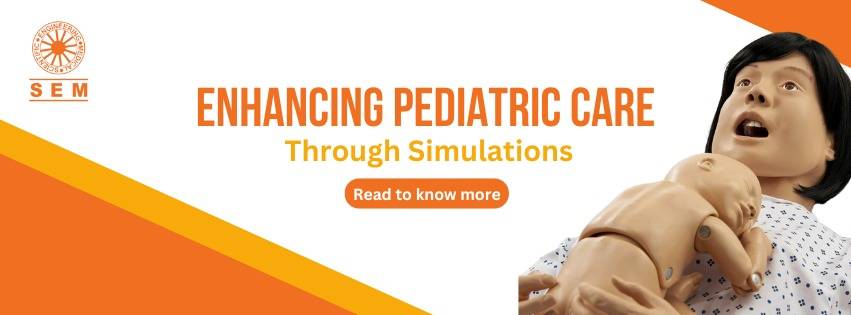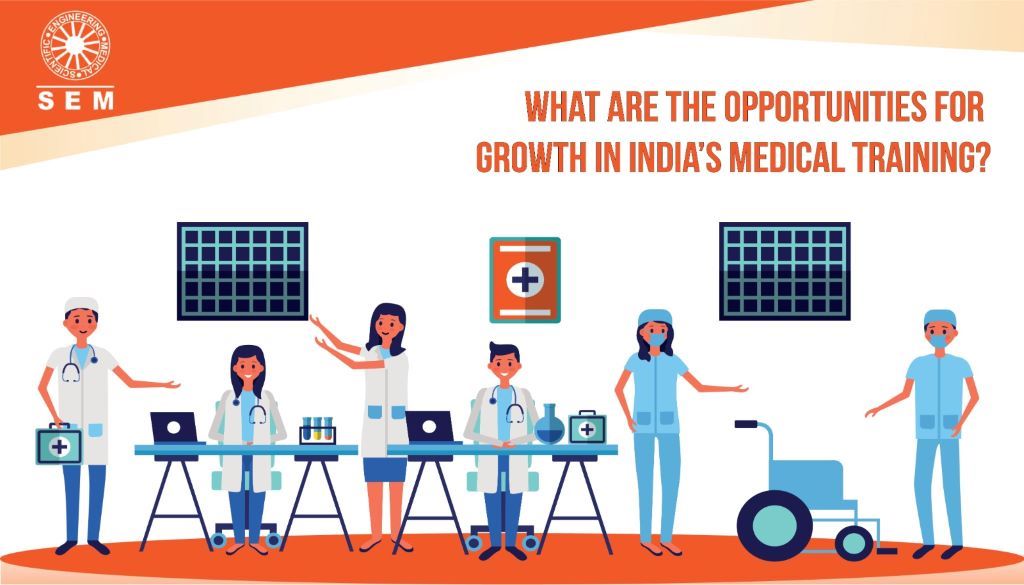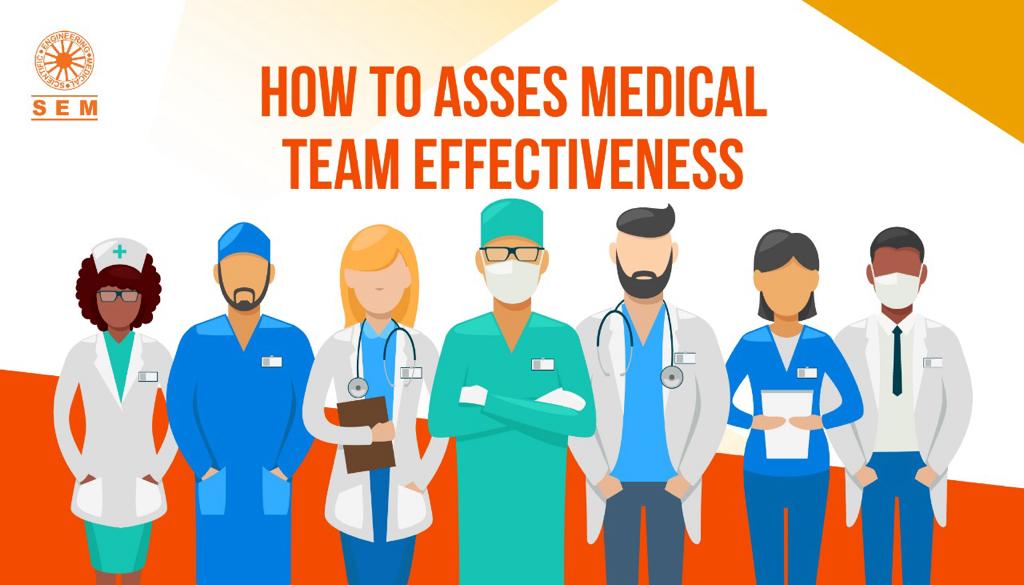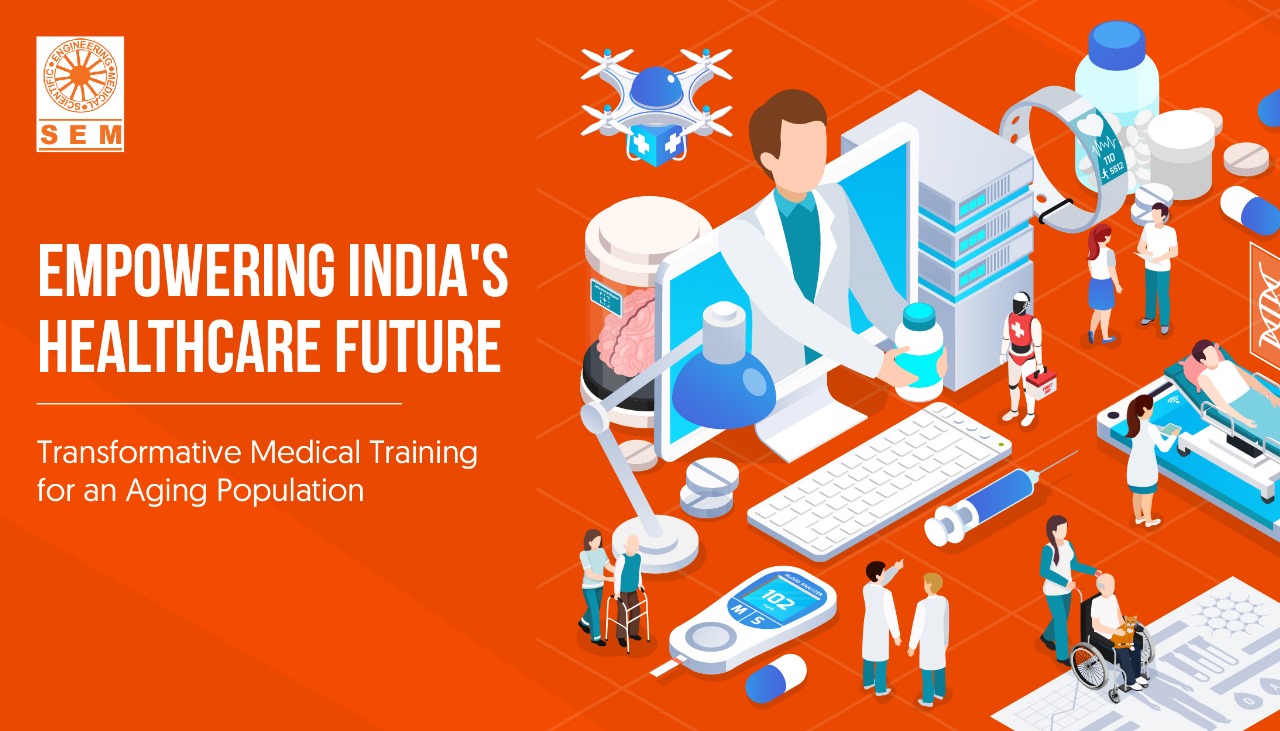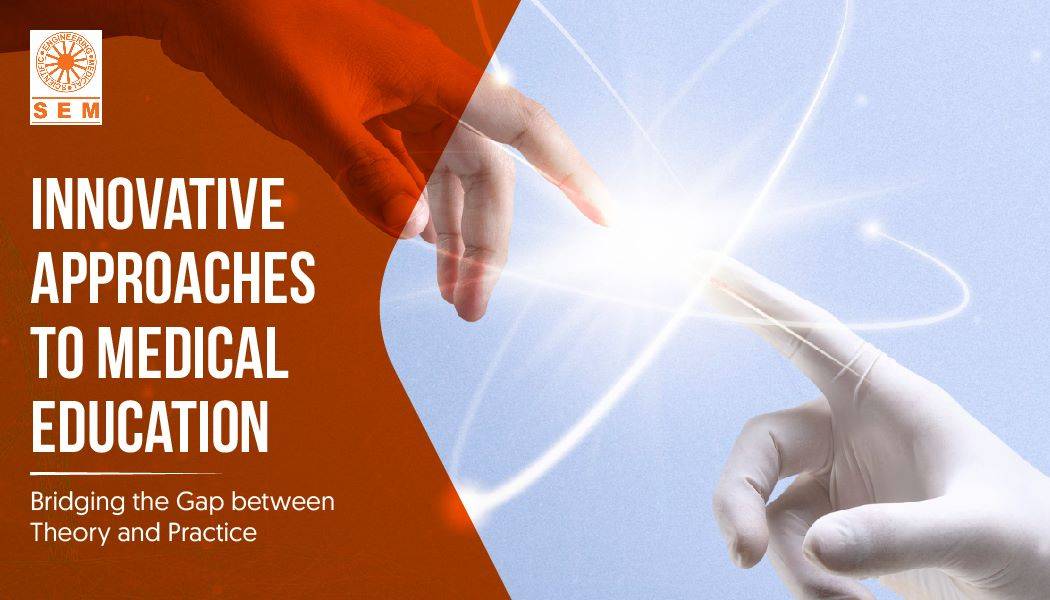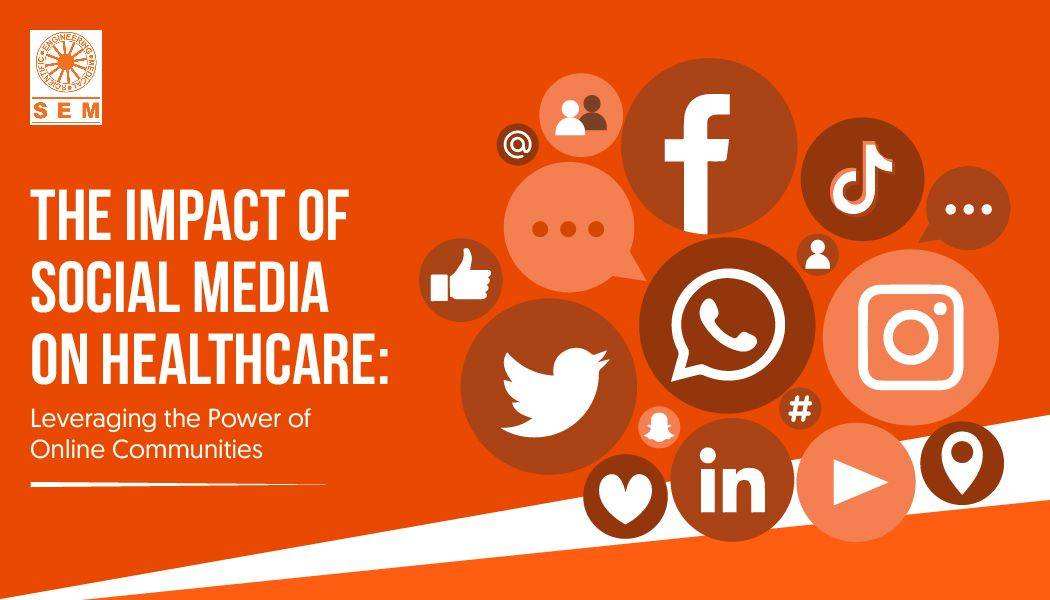Enhancing Pediatric Care Through Simulations
In the world of healthcare, where every decision can change lives, preparation is the key to success. For pediatric care professionals, the stakes are even higher. Children are not just smaller versions of adults; their medical needs require specialized skills, quick thinking, and a deep understanding of their delicate physiology.
This is where medical simulations are transforming the landscape, making pediatric care safer and more effective. As a trusted medical simulation/manikins provider, SEM Trainers and Systems is at the forefront of this revolution, equipping healthcare providers with the tools they need to deliver exceptional care.
Why simulation Matter in Pediatric Care
Imagine being a nurse or doctor faced with an unresponsive child in the emergency room. The pressure is immense, and the clock is ticking. Traditional training methods can only take professionals so far. Simulation, on the other hand, offers a risk-free environment where medical teams can practice, make mistakes, and learn without jeopardizing patient safety.
Medical manikins, designed to mimic the anatomy and responses of pediatric patients, are invaluable in these scenarios. These life-like training tools allow healthcare providers to rehearse complex procedures like intubation, IV insertions, and CPR with incredible accuracy.
Real-Life Learning with Medical Manikins
At SEM Trainers and Systems, we provide advanced pediatric manikins that simulate real-life conditions. Our products help medical teams prepare for any situation. By practicing with high-fidelity medical manikins, healthcare professionals develop muscle memory and confidence that translate directly into better patient outcomes.
Our simulation solutions can replicate conditions allowing caregivers to refine their responses. This hands-on approach bridges the gap between theoretical knowledge and practical expertise, ensuring children receive the best possible care.
Teamwork and Communication
Pediatric care isn’t just about clinical skills; it’s also about teamwork and communication. Simulations provide an excellent platform for entire teams—doctors, nurses, and paramedics—to work together in high-stress scenarios. These exercises highlight the importance of clear communication and collaboration, which are critical in saving young lives.
As a trusted medical manikin provider, we understand the need for realistic, interactive training environments. Our solutions are designed to help healthcare teams coordinate better, spot potential errors, and refine their strategies.
A Step Towards a Brighter Future
By integrating simulations into pediatric care, hospitals and training centers are not only improving patient safety but also empowering healthcare workers with the confidence to handle even the most challenging cases. At SEM Trainers and Systems, we are proud to be part of this journey, providing state-of-the-art tools that shape the future of medical education.
If you are looking to elevate your training programs with high-quality medical manikins, SEM Trainers and Systems is your trusted partner. Together, let’s make pediatric care safer, smarter, and more effective for the next generation.

